Affiliate links on Android Authority may earn us a commission. Learn more.
How to delete yourself from the internet
Published onJuly 23, 2019
Thanks to increasing concerns over security and privacy — not least our mental health — the idea of deleting oneself from the internet has never been a hotter topic. Yet that process is complex: the internet is a vast space and some of us have left decades of digital footprints.
If you’ve been thinking about removing yourself from the internet or perhaps just deleting some old online accounts, we have some advice on how to get started.
What you should know upfront
Depending on the extent of your current online activity, completely removing your online presence may not be possible. For example, while you can delete your Facebook account, messages you’ve privately sent to other people there will remain intact. Facebook is just one of potentially thousands of places you may have been active online, too.
Further, as you deactivate online accounts, you will inevitably lose access to certain platforms, programs, or functions. Without a Google account, you can’t download apps on Android; without an Amazon account, you can’t buy things on Amazon.
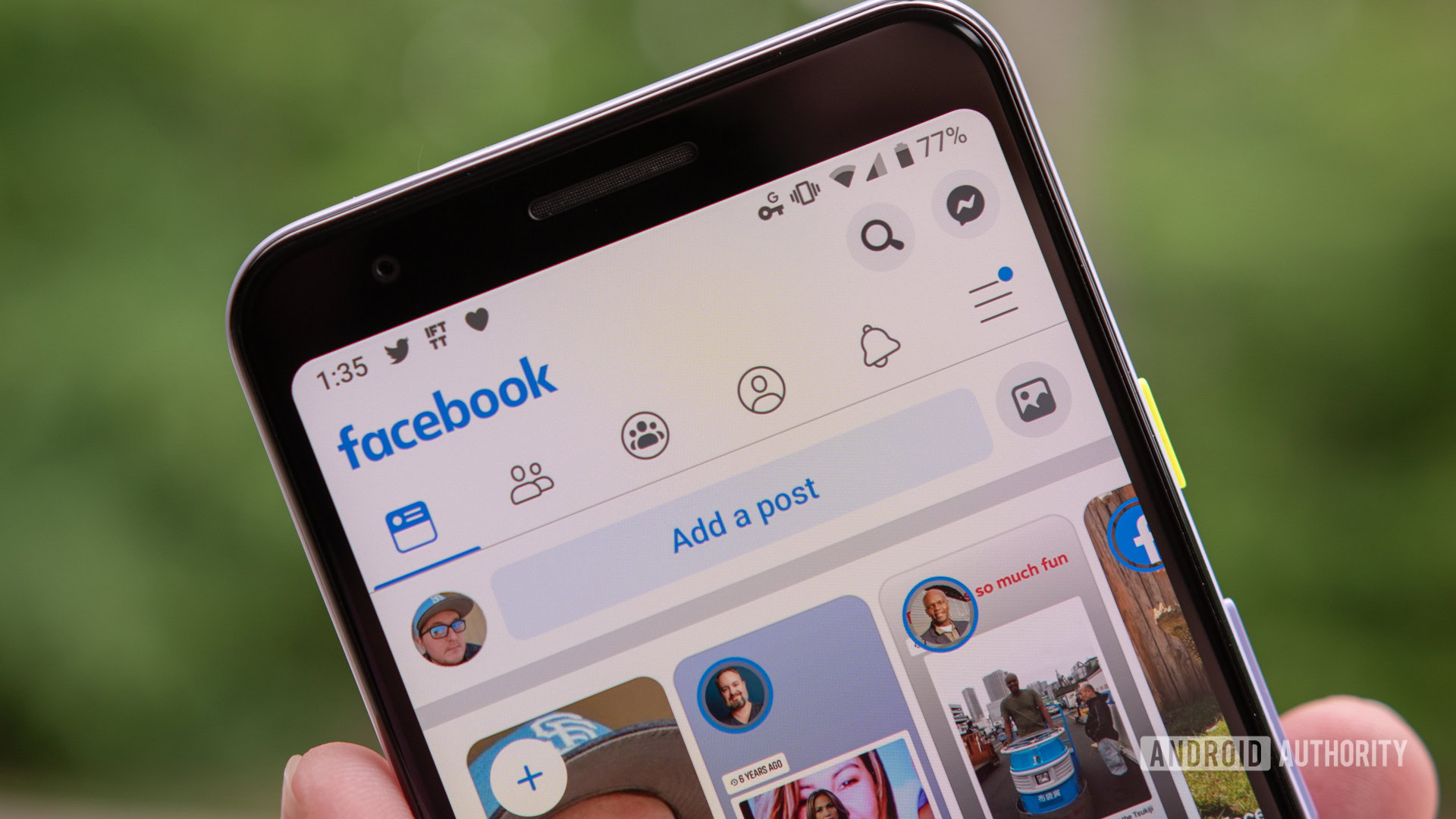
It’s up to you how much of your digital self you wish to remove, deactivate, or delete based on your needs. With that in mind, I strongly recommend leaving your email address deletion until last, if you intend to delete it at all.
Email addresses are gateways to much of our online activity as we often rely on them to register with websites — and you may need one to contact websites to ask them to remove your information. Much of the important cancelation information will also be delivered to you via email.
Email accounts also act as a sort of memory bank of online escapades, so long as you don’t often delete your emails. You’ll probably refer to your emails a lot, so it’s important to keep the accounts up and running.
Where to start: identifying your footprint
Before deleting yourself from any websites, compile a list of the websites you wish to remove yourself from. As you create this list, give the websites a priority based on how keen you are to delete yourself from them.
I suspect most people are concerned with their visible presence — where they show up publicly with a name or username — rather than simply where they are registered or subscribed, such as a newsletter. Let’s start with those.
Social sites
Many people are signed up to big social websites like Facebook, Instagram, and LinkedIn, and the ones you use daily should be first on your list. You can also find a list of popular websites on Wikipedia for further help with this task.
While you’re checking these websites, you should look for any potentially linked accounts too. For example, I use my Facebook as a log-in for Discord, and I might have forgotten, if I hadn’t checked (you’ll find it in Facebook > Settings > Apps and Websites). Likewise, if you have a Google account, you might find your saved password and connected apps on the security page.
Once you have a list of websites, it’s time to try and rediscover those you may have forgotten about.
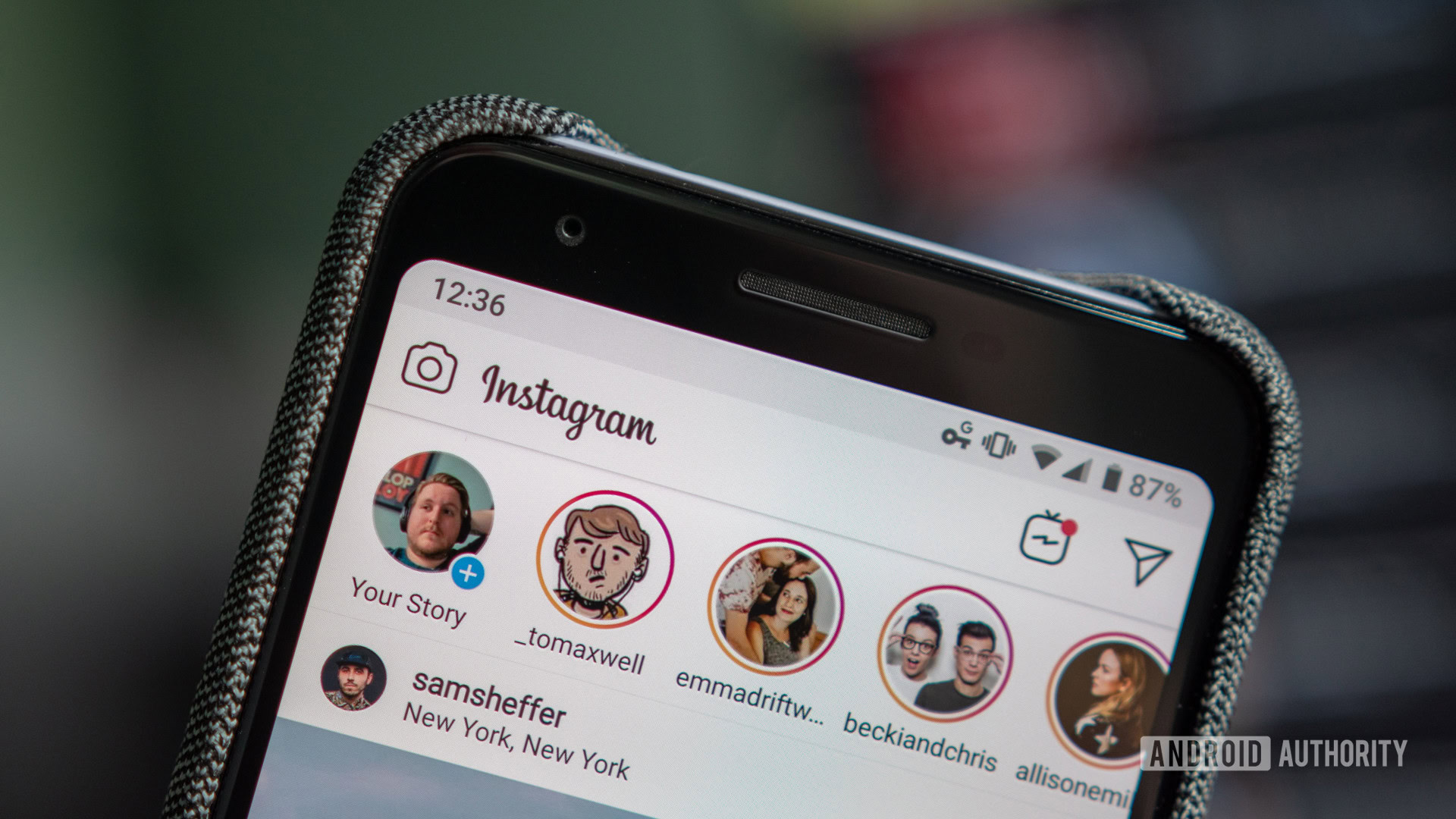
Using emails
Try searching through old emails for keywords like “account,” “activation,” “registration,” “username,” “verification,” and “password,” and see which websites pop up. You may have to filter the results by date if you want to get back to the real old stuff.
Consider also your past activities and passions. What did you like two years ago? What did you like twenty years ago and where might this have lead you on the internet? These questions may lead to long-forgotten websites you’re affiliated with, or which you suspect you are affiliated, which you can search your email account for.
Remember, you’re still only making a list of websites you’re registered with for now.
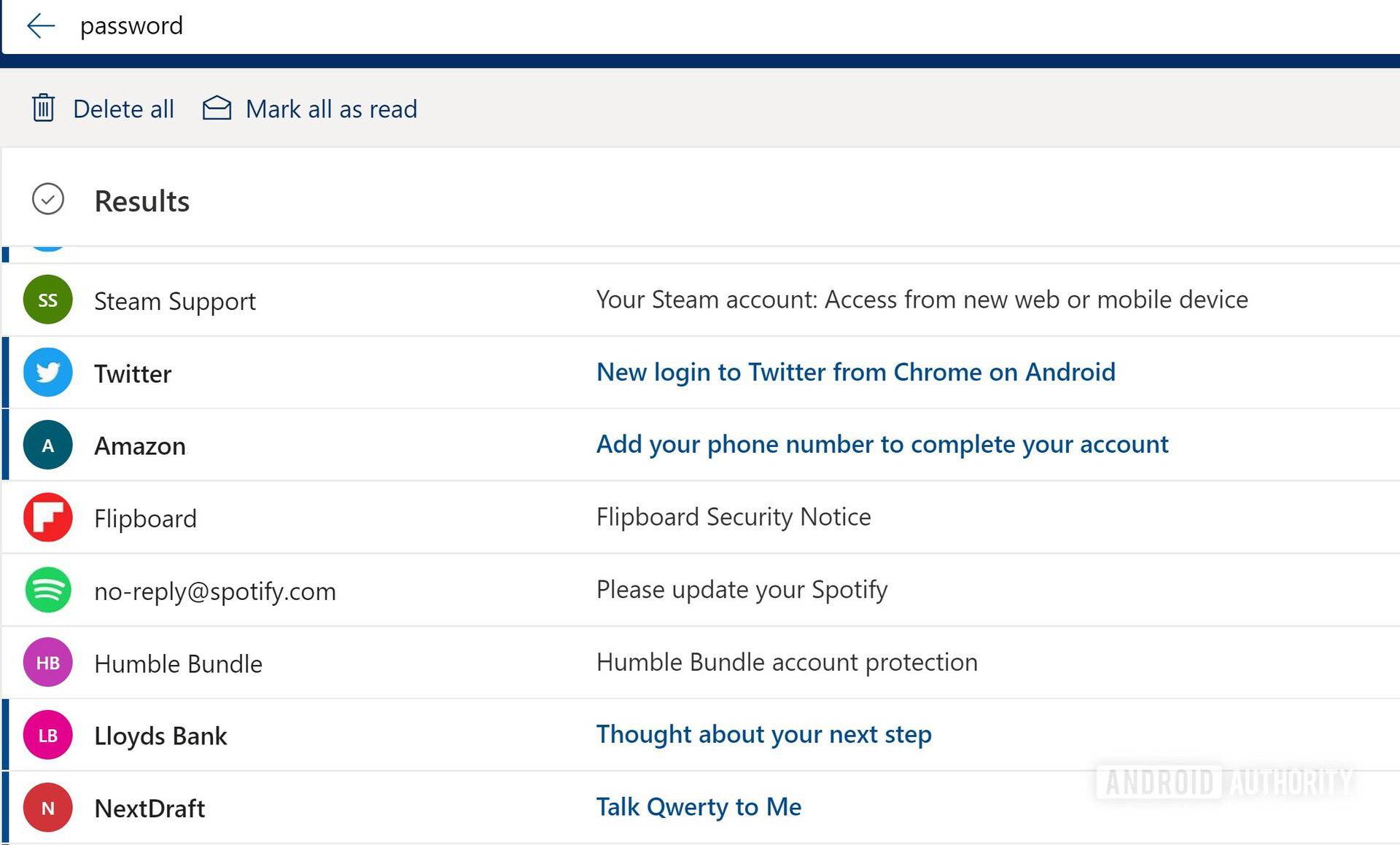
Using Google search
After scouting out more websites via your inbox, now it’s time to enlist the help of our old pal Google.
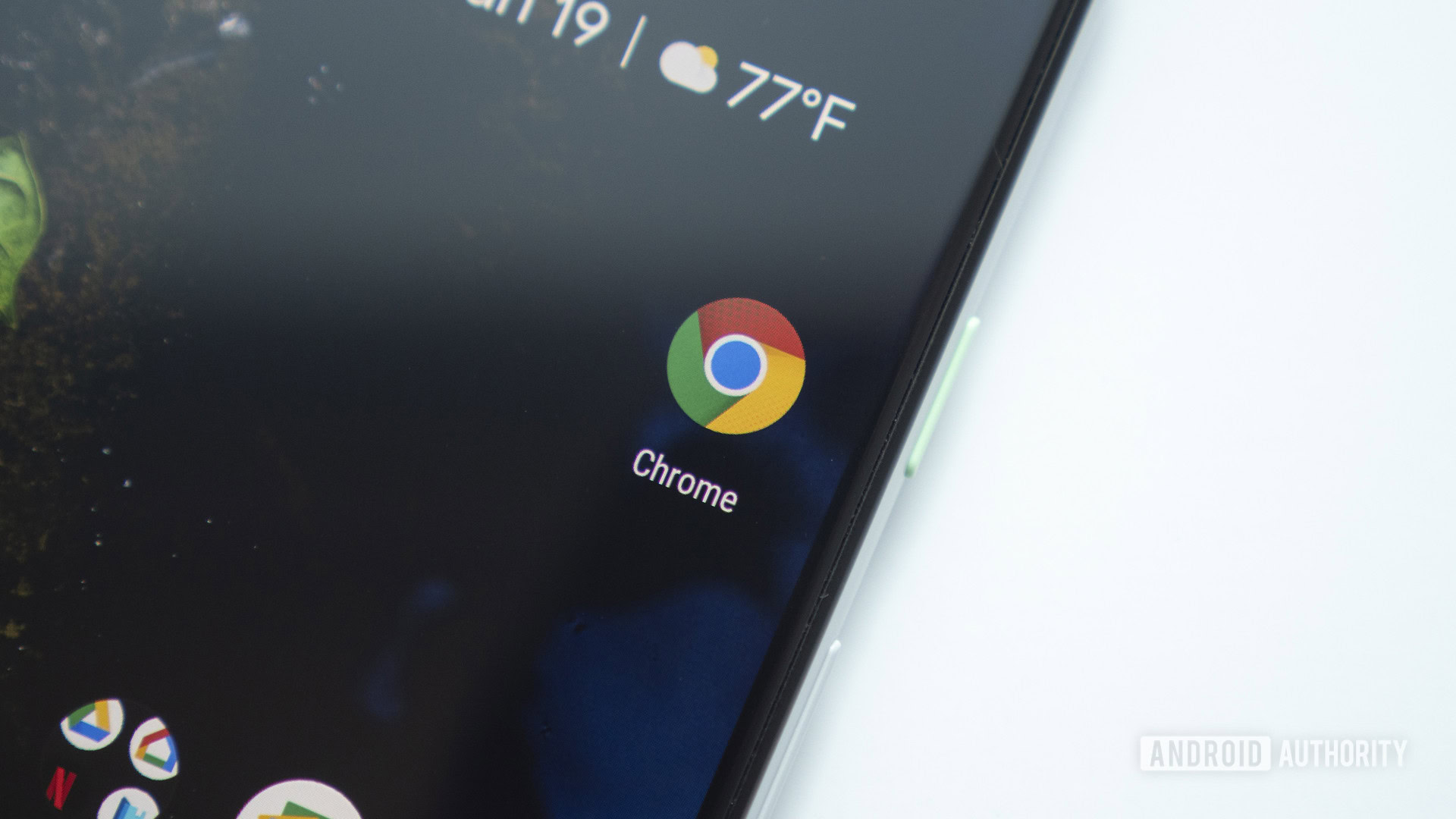
In the Google search box, try searching for some personally identifying details in quotation marks. Things like your name, email address, past or current mobile numbers, or usernames. You can do this in incognito or private mode if you don’t want the details saved in your browsing history.
If you have a common name, you may not be able to identify yourself or where your name appears on a website. Usernames tend to be more useful, but again, it depends on how common they are.
Apps on your phone, programs on your computer
Installed apps and programs are other revealing sources of online activity. You’ve probably identified links to many of these already — perhaps a Spotify or Netflix account currently in use — but you may discover something you made an account for years ago.
Oftentimes, apps on your smartphone only require your Google Play or App Store details, but sometimes they require an account of their own. These should all be added to your big list of identified accounts.
Hardware
As a final measure, take stock of your hardware and think about whether you’ve registered your details with a company for product support or for warranty purposes. Though I wouldn’t recommend canceling warranty where you still may need it, you may find you can un-list yourself from companies where their product warranty is no longer valid.

Time to start deleting accounts
Having compiled a list of online accounts you’d like to erase, it’s time to start the deletion process proper.
This is often irreversible, so start small. Visit those websites least important to you first and see if you can track down an account or settings page. You’ll need to log-in and then search for “remove account” “deactivate account” “unregister” or something similar.
If you can’t see an option for removing or deactivating the account, you might have to do some Googling to find out what to do for the specific website. The contact pages for websites are generally quite easy to find from their homepages but you may have to send some emails asking about account deactivation or information removal.

With the smaller websites on your list out of the way, it’s time to tackle some of the bigger ones. For this, you can use the Background Checks justdelete.me tool or Account Killer. These provide links to account deactivation pages for tons of websites, with some explanatory notes on how to delete yourself from them.
Most of the best-known websites have dedicated pages to help you remove your account and delete previous activity anyway, so you shouldn’t have too much difficulty even if you visit those directly. These pages will generally be hanging around in the account settings area, possibly accompanied by a guide and some terms and conditions.
Make your way through your deletion list and keep an eye out for incoming emails either confirming your removal from those websites or advising on next steps.
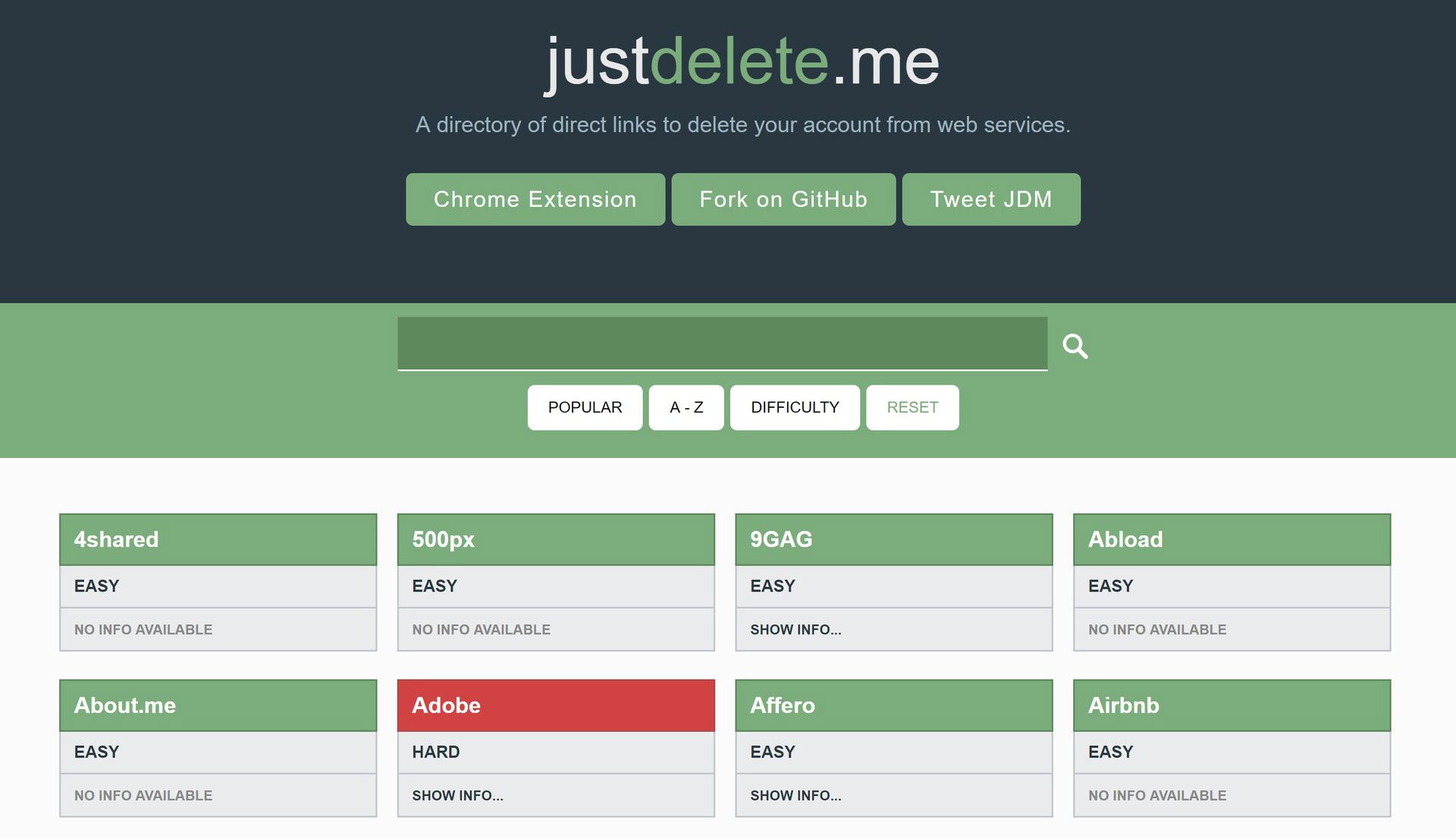
Search results and the Right to be Forgotten
Depending on where you live and how great your urge to disappear from the internet is, you may be able to take advantage of a data protection clause known as the Right to be Forgotten.
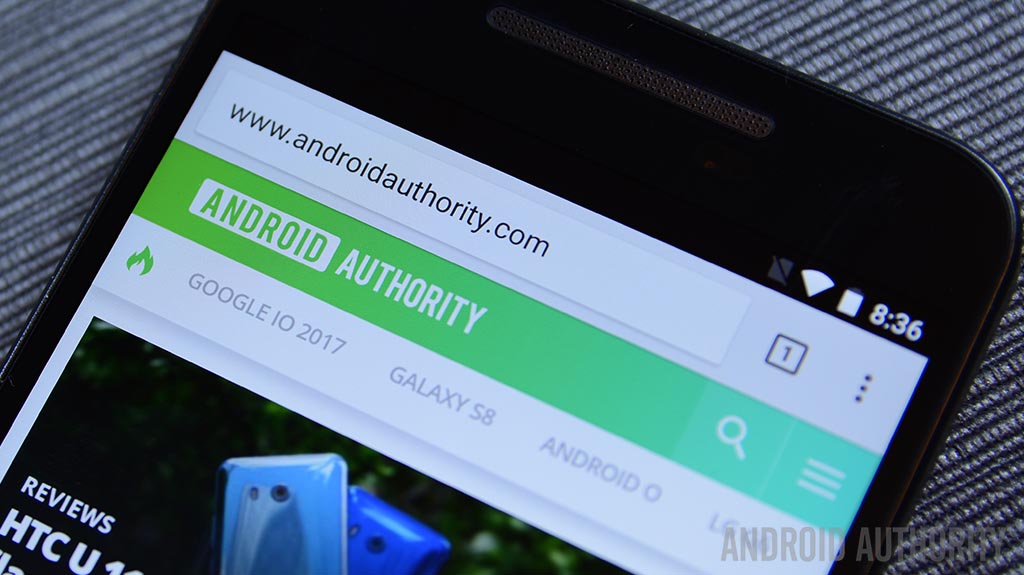
This clause allows people to apply to have outdated or irrelevant online information about them removed from search. The information isn’t completely removed from the internet — someone who knows where to look for it could still find it — it just means Google doesn’t index the relevant links, so the availability of the information decreases.
A person’s Right to be Forgotten claim may be denied based on how significant the information is to the public interest. A public figure with a shady past may struggle to have their search links deprioritized, but for others, this could be worth investigating. Those in the EU can apply for the Right to be Forgotten here, but U.S. citizens don’t have the same rights currently.
Other paid and free services
There are many paid and free services that can help you delete yourself from the internet too. I don’t recommend any of these as an alternative to manual account search and removal — the process is too unwieldy to place all of your faith in third-parties to clear up your accounts for you — but they can be a great aid.
DeleteMe is a subscription service that aims to keep your data out of other companies’ hands, and it removes current and former addresses, email addresses, phone numbers and more from data sharing websites and brokers. It starts at $129 for one person per year.
Deseat.me is a free tool for Google or Outlook email account users. It compiles all the accounts you’re currently signed up to and allows you to send a removal request to those you don’t want to be involved with anymore.
Unroll Me will get you unhooked from all your email subscriptions though, as with ultimate email account deletion, I would leave this step until you’re done removing other accounts.
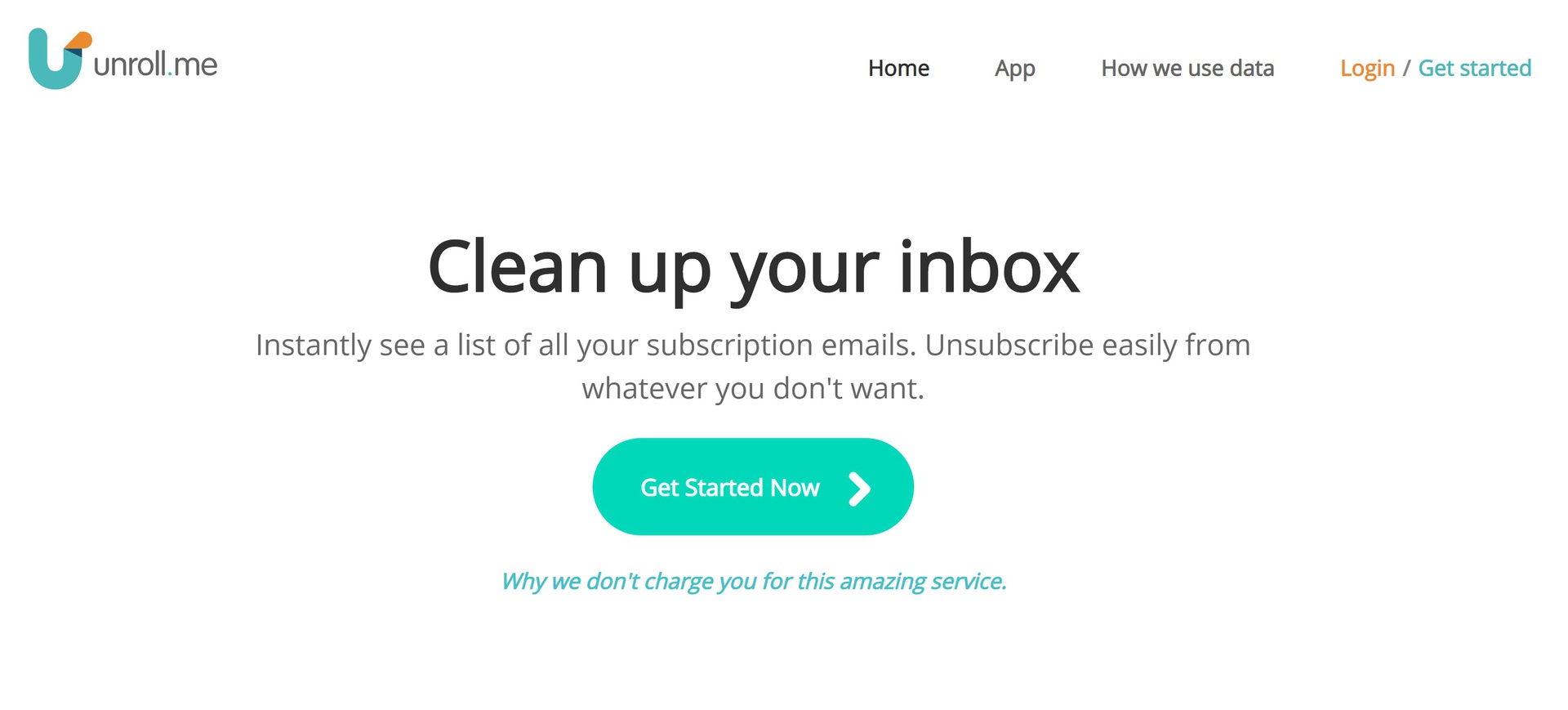
What you can’t delete
If you have previously signed over publishing rights to something you have made online, you’re unlikely to be able to get this content removed unless the current owner agrees to delete. The more popular this content or product is, the more difficult that will be. If you are at all famous in your line of work, it may be difficult to ever completely rid yourself of the internet’s grasp.
Aspects of your online profile will have inevitably made their way to other sources also and this is incredibly difficult to avoid. Online activity data is constantly being bought and shared for targeted advertising. However, this information should be anonymized to some extent — nobody should be sharing your name, age, address, and occupation details without your consent.
Final steps
By now, you should be signed out, logged off, deactivated, and deleted from most of the online spaces you have been attached to. Give yourself some weeks or months to think about things, keeping the process in mind in case any other forgotten accounts enter your mind.
If you’ve unsubscribed to all your newsletters, and removed all your accounts, your inbox shouldn’t receive many emails. When it does, you can weed out those final accounts.
This can be a tricky process, but I hope this advice has been a help to you, or at least a good start. I intend to update this coverage again in the future with more advice. If you have any tips for deleting yourself from the internet, let us know what they are in the comments.
Read next: How to delete your Google history and data